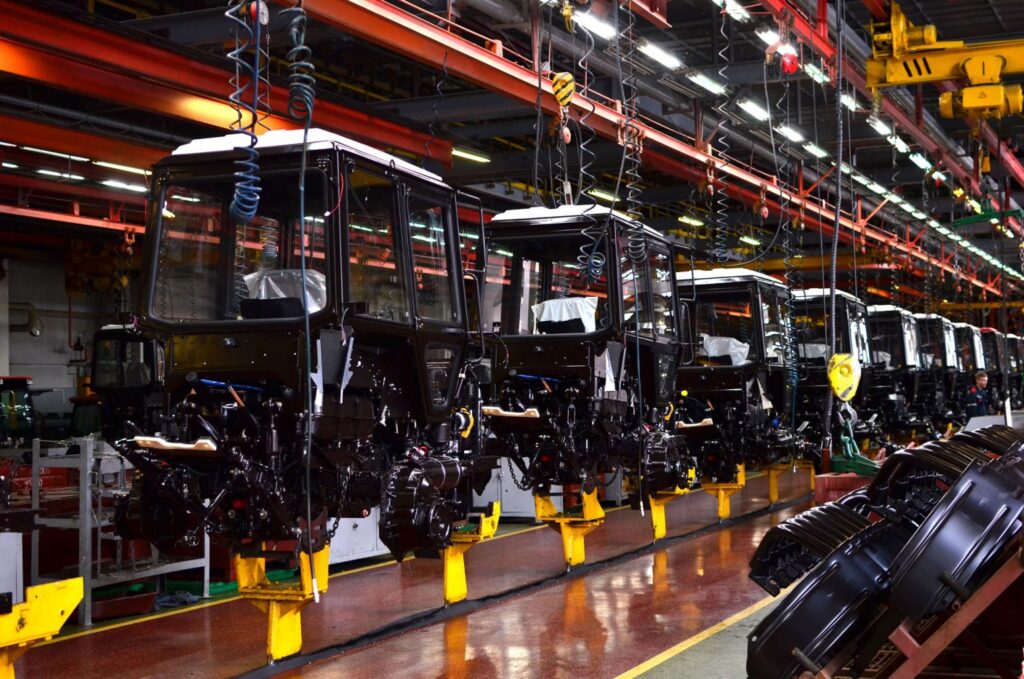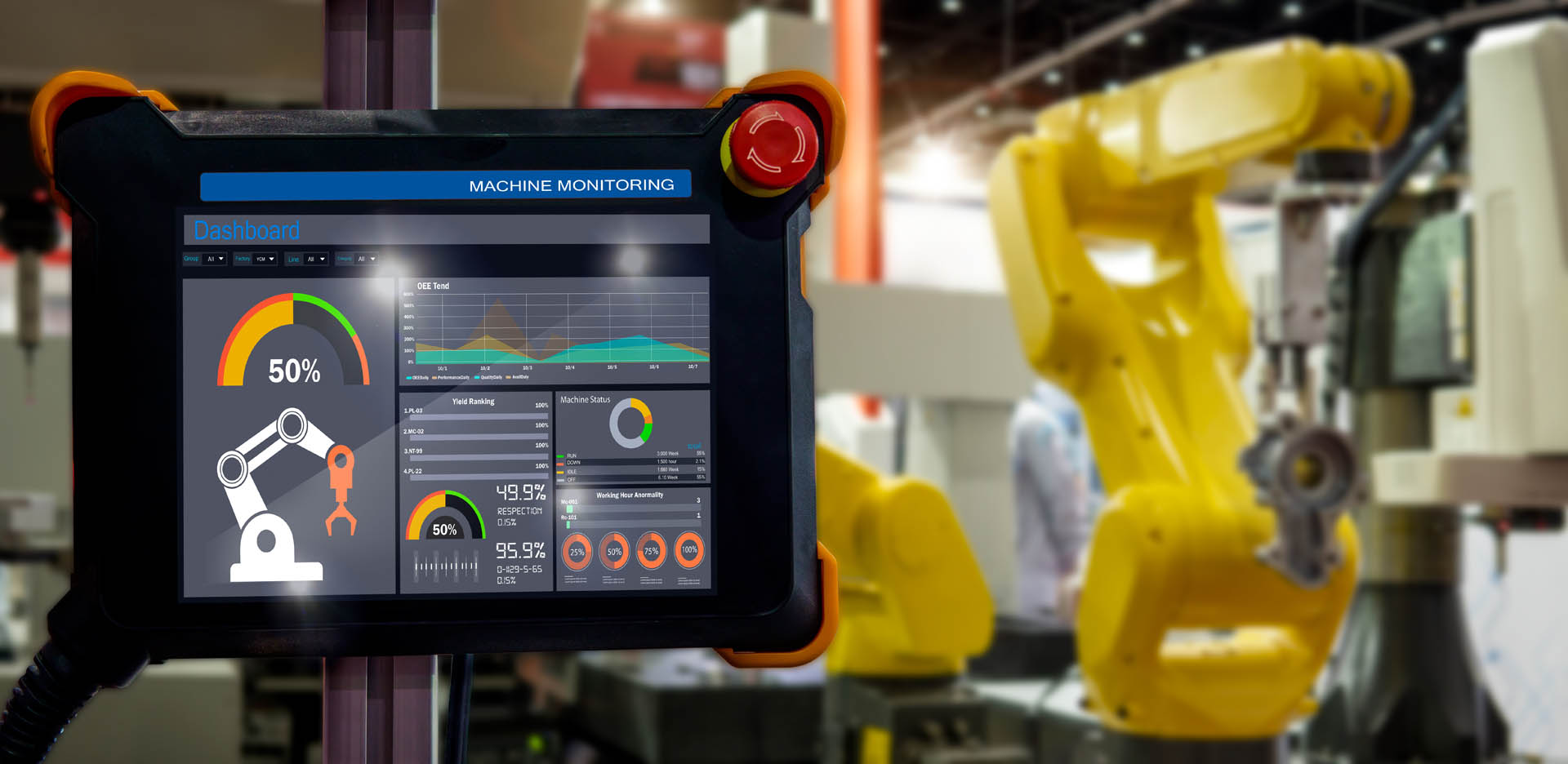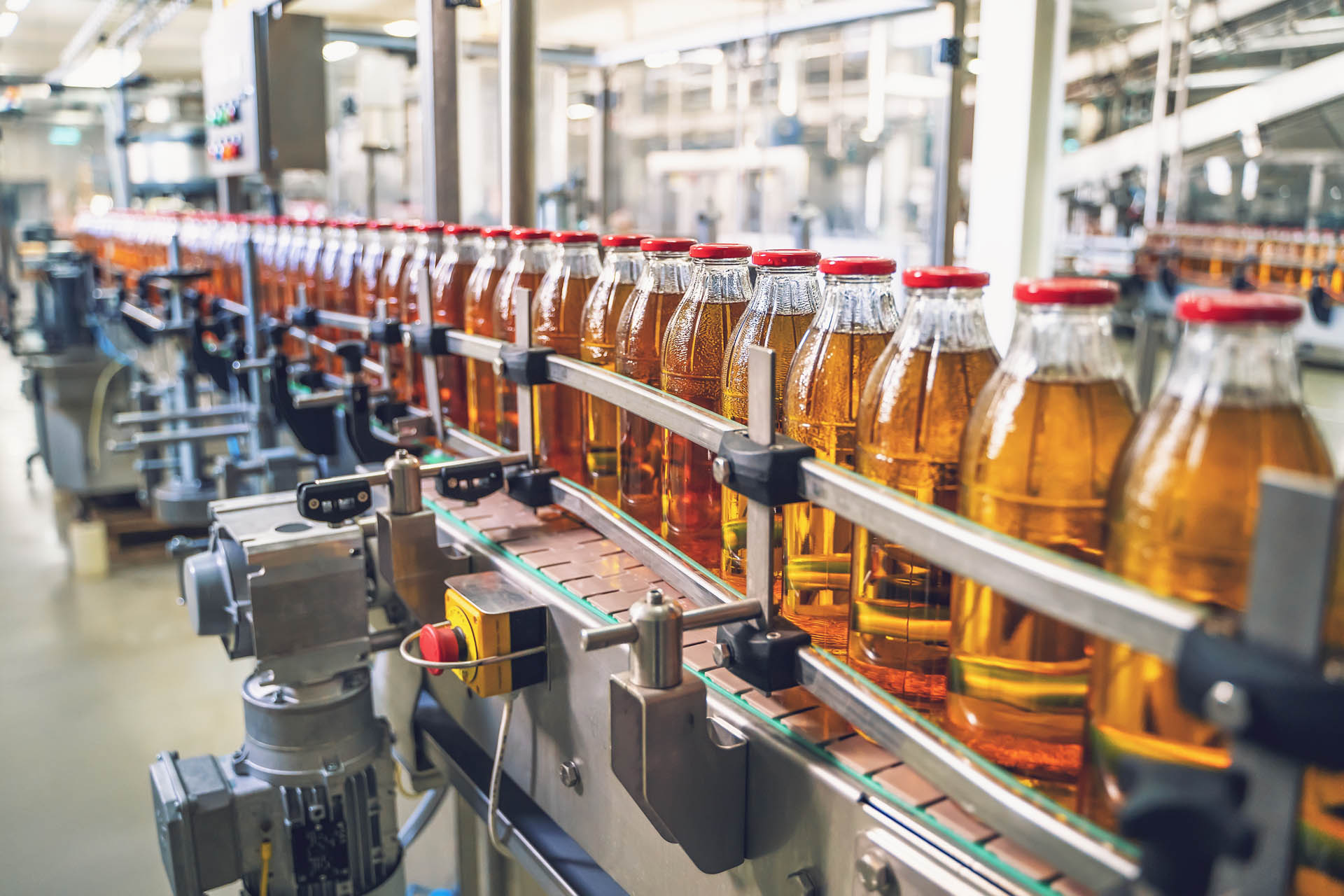Maximize your data’s potential.
Blazing a path to Industry 4.0.

Making data work for your customers.
Data is more than a bunch of ones and zeros when you’re talking about manufacturing efficiency. Let the data guide your customers’ decisions instead of their decisions guiding their data.
What can our smart solutions do for you?
Whether you’re making the product, distributing the product, reselling the product, or providing maintenance for the product, we can help you increase your revenue, decrease your costs and learn new insights about your customers. With detailed, real-time reporting, alerts, and a central service for all your connected devices across your entire network, you’ll know exactly where your products and equipment are, how they’re performing, and when they need service (before your customer tells you). All in one place and in real-time. We can reduce your service costs, allow you to better manage your customers’ needs, and create new products/services to develop new revenue streams for your business.
01
Asset tracking
Keep it moving, people. As everything becomes smaller and more portable, tracking all those little parts and pieces of customers’ industrial businesses are essential. IoT technology helps provide a high level of precision tracking at a low cost, making it practical to see exactly where all their assets are in real-time. They’ll know where it is, what it’s doing, how fast it’s doing it, and when it needs to be repaired – no matter what “it” is.

02
Equipment & machine utilization
What good is equipment that isn’t making the grade? Your customers can monitor the performance of their machines and equipment including the frequency of use, speed of operation, sound/vibration analysis, and they’ll know exactly when their equipment is being underutilized or needs to be repaired.

03
Predictive maintenance
When was the last time you changed the oil in that thing? Proactive equipment maintenance assesses the current state of your customers’ assets, predicts future needs more accurately, and schedules maintenance right on time. By watching for sound, temperature, utilization, and vibration levels, they can increase performance and safety, and improve product quality.

04
Defect detection & quality
Make sure humans aren’t the only ones watching your customers’ stuff. Machine vision can automate how they inspect the products on their assembly line, giving them a real-time heads-up on quality, cost, and production timing. We use computer vision to help identify issues like missing labels or information, product defects, inconsistent product assembly, and size, weight, volume, count, or color deviations.

